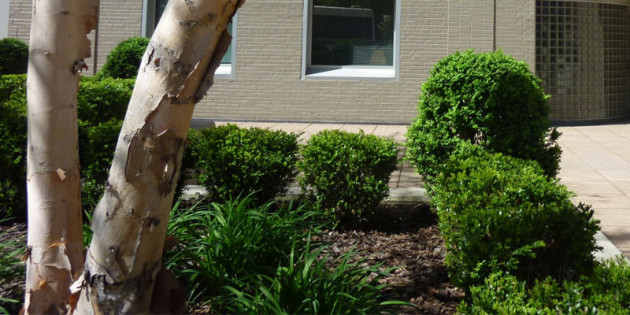BY TED TUDOR,
Schrader Commercial Properties – Property Management Division
ttudor@schradercommercial.com
May 12, 2015
A property manager’s life is full of elements of change; New clients or owners, tenants moving in, others moving out, the changing seasons which bring with it changing needs in HVAC, janitorial, energy consumption, roof repair and landscaping. In this field, the targets are always moving, and the Property Manager has to not only be nimble on his or her feet, but should also have some good experience that helps foretell what is just around the bend in order to control expenses, conserve the owner’s funds, maximize ROI, and enhance the value and attractiveness of the managed property.
All those elements have to work in concert with one another, and be synchronized with state of the art accounting practices, in order for the process to generate and maintain maximum value.
But covering all of that is a bit much for a newsletter, so today I will make a few notes about SPRING, as it is May. Hard to believe but it was only a couple of months ago we were still shoveling snow. And while all that white stuff is pretty to look at, it has a lot of effect in springtime for the Property Manager. By May, with the landscaping coming back into full flower and everything greening up nicely, its easy to see what damage might have occurred to landscaping in the cold months. Shrubs and trees start to reveal which ones survived and which ones need replacing. Tell-tale brown spots appear on some branches, and some branches fail to leaf altogether. A determination needs to be made whether or not those areas can be pruned, or, if they indicate that the plant will become a unsightly hole among healthy greenery. Generally, arborists say a tree can lose up to 30% of its foliage, and still survive. If you have to trim and prune that much of the plant, it becomes a judgement call as to whether the overall aesthetics will be damaged by that one unsightly plant that is barely hanging on, and whose growth will inhibit sight lines and flow that the landscaper has worked to achieve.
On a related note, we sometimes see plants and grass that are the closest to parking lot surfaces, that are obviously dying, where everything else looks fine. More times than not, what you are seeing is the result of residual salt that was spread during the winter months. Salt trucks are notorious for the range of their rear spreaders exceeding the edge of parking lot. If salt is applied continually over some weeks, the plants that get an unintended spraying, just end up looking like desert plants. That is why it is a good idea to plant indicator flags along parking lot perimeters, that will stick up above the snow level to tell the salt trucks where to apply the salt.
Finally, its time to get those irrigation systems checked. Broken or damaged sprinkler heads, piping that has been damaged in some way, and the electrical connections that control the system all need to be checked, and the annual back-flow report generated per local government restrictions, and all this has to be done before you need the water to start flowing. Better get busy!!







